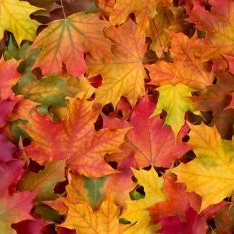For new homeowners, owning a home with a lawn and trees and all that it entails can be intimidating. Where do you start? All of the sudden you have a lawn, weeds, a sprinkler system, and trees to deal with. It can be daunting to keep up with it all!
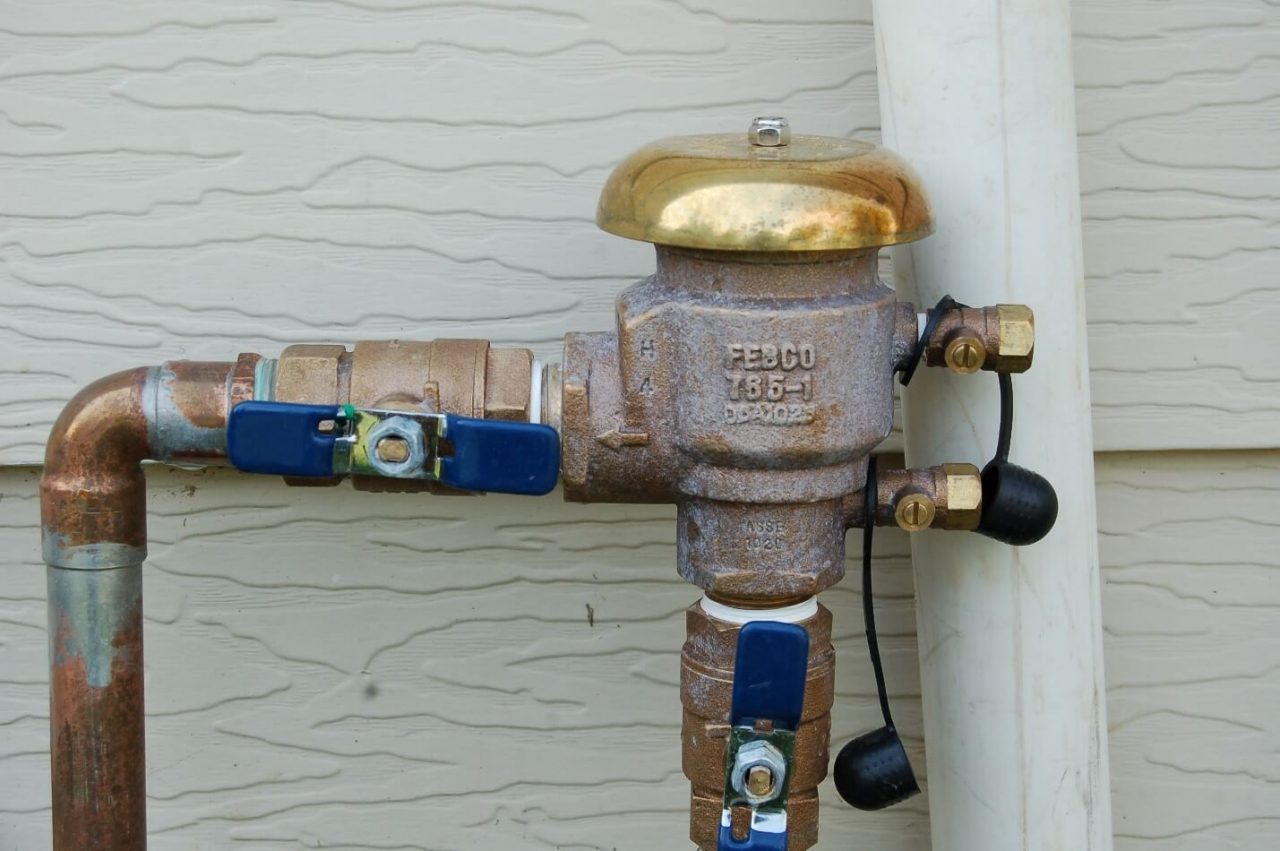 Once you are familiar with how your system works, you’ll want to make sure your lawn is being watered properly. We’ve developed a watering technique that is easy to follow, based off of a few different factors called the 1-2-3-2-1 lawn watering technique. You can follow that guide, but we also offer a sprinkler audit where we can adjust the heads as well as program the clock using that technique.
Lastly, you need to blowout out your sprinkler system in the fall to prepare for winter. This is usually something that you need to hire a company to do unless you have a compressor powerful enough to blow out the sprinkler lines. Most of the time you will need to be home for this service unless you can drain your own basement pipe. We offer a blowout service, which is typically done during the month of October.
Once you are familiar with how your system works, you’ll want to make sure your lawn is being watered properly. We’ve developed a watering technique that is easy to follow, based off of a few different factors called the 1-2-3-2-1 lawn watering technique. You can follow that guide, but we also offer a sprinkler audit where we can adjust the heads as well as program the clock using that technique.
Lastly, you need to blowout out your sprinkler system in the fall to prepare for winter. This is usually something that you need to hire a company to do unless you have a compressor powerful enough to blow out the sprinkler lines. Most of the time you will need to be home for this service unless you can drain your own basement pipe. We offer a blowout service, which is typically done during the month of October.
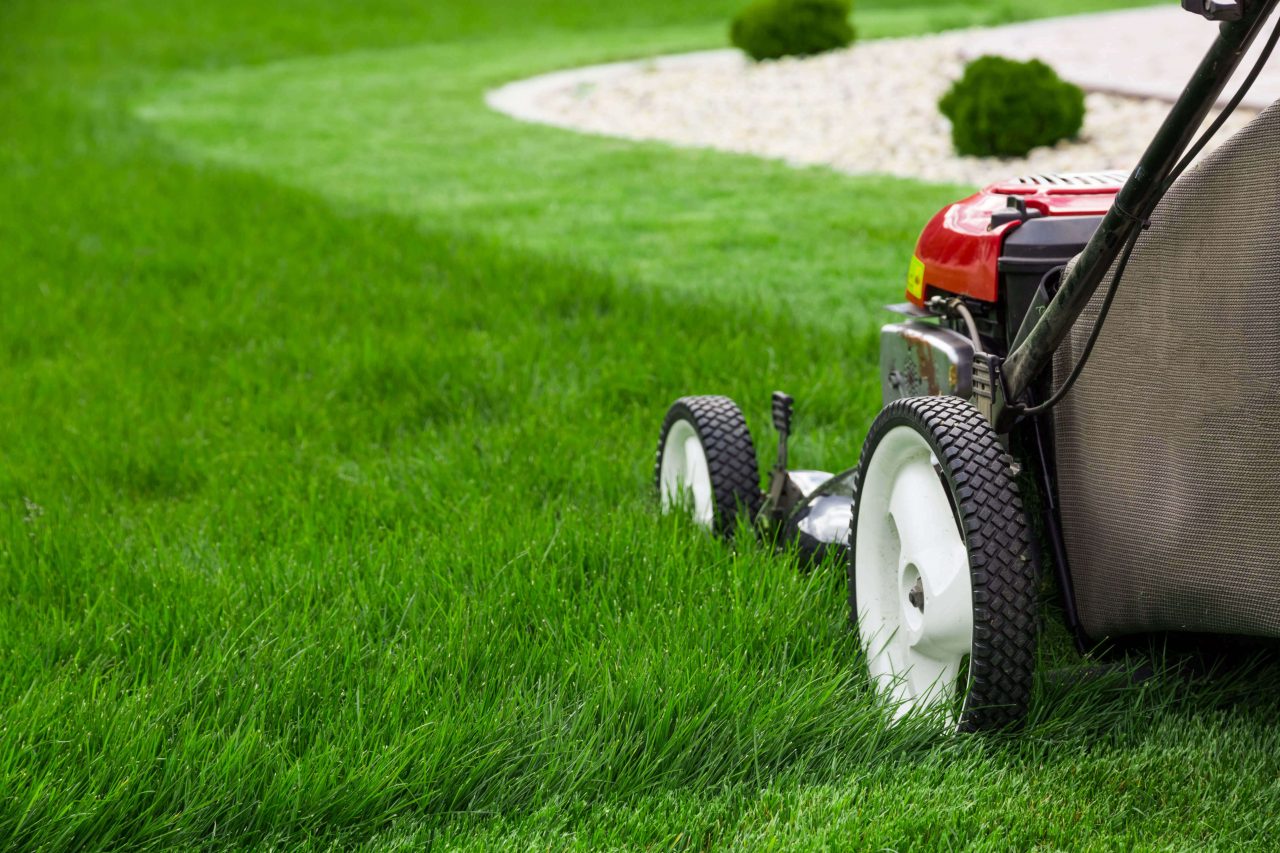
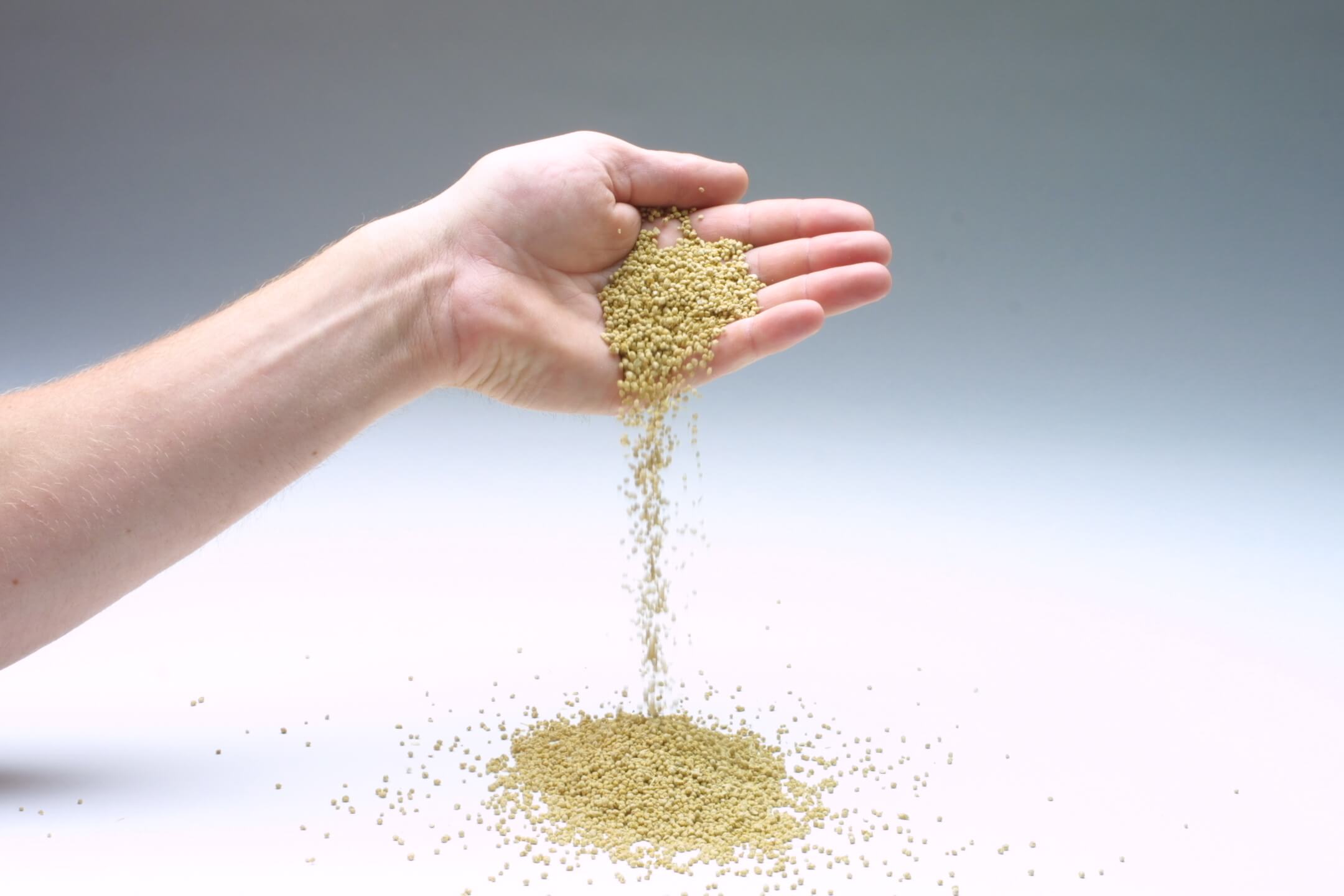
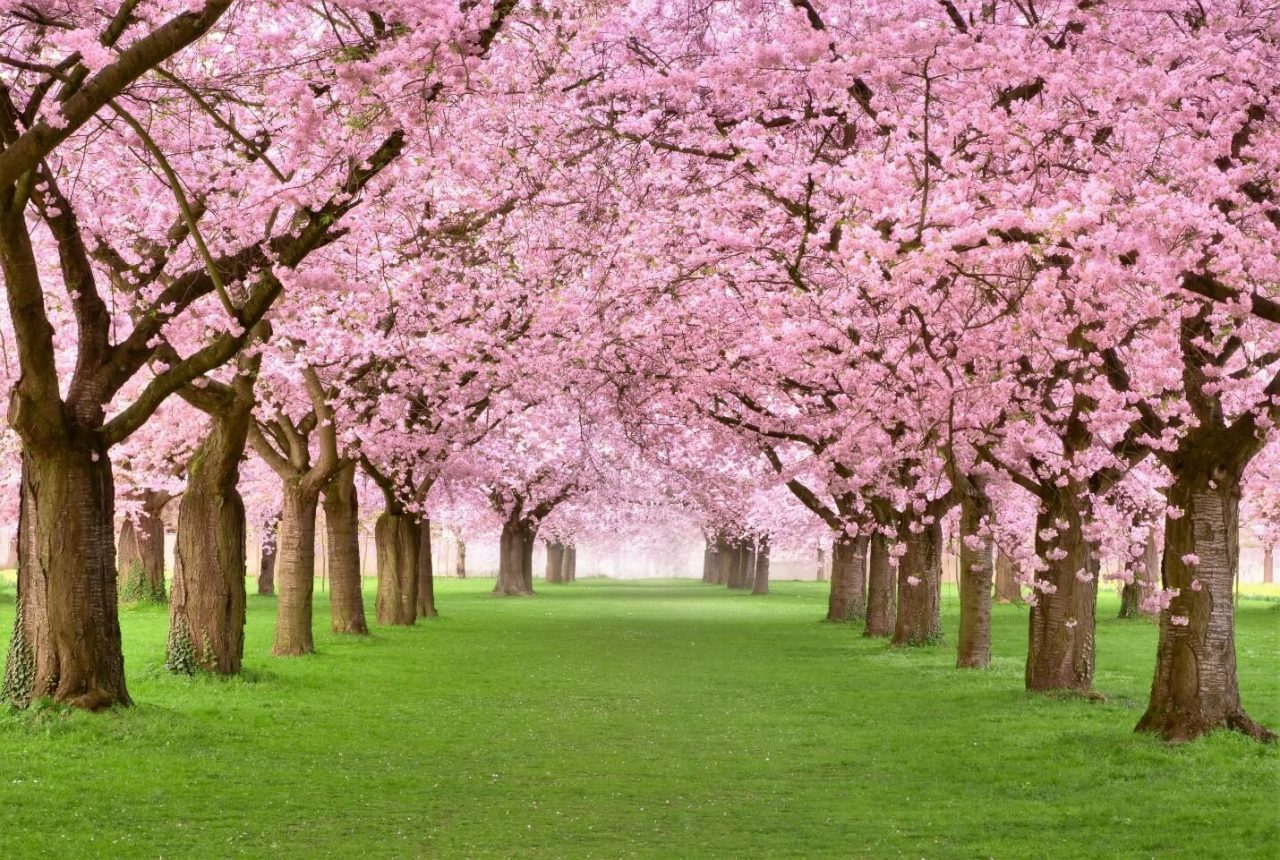 The next thing to keep an eye out for with your trees is insect pressure. There are thousands of insects that attack trees, and we have various insect controls depending on what is attacking the tree. One of the most damaging insects in the Boulder area is the Emerald Ash Borer. If an ash tree goes untreated, this borer will kill the tree. Without being an arborist, it can be hard to tell what is wrong with your tree; we do offer a consultation to come out and take a look at the trees and recommend treatment.
Winter tree wrapping is a service that is often overlooked; many people don’t know this is an option or which trees might need it. Wrapping your tree should be done in the fall to protect the tree in the winter from sun scald. This is a concern for young trees especially, but also trees that do not have a furrowed bark, or trees that have direct southern exposure. You should remove the tree wrap in the spring.
The next thing to keep an eye out for with your trees is insect pressure. There are thousands of insects that attack trees, and we have various insect controls depending on what is attacking the tree. One of the most damaging insects in the Boulder area is the Emerald Ash Borer. If an ash tree goes untreated, this borer will kill the tree. Without being an arborist, it can be hard to tell what is wrong with your tree; we do offer a consultation to come out and take a look at the trees and recommend treatment.
Winter tree wrapping is a service that is often overlooked; many people don’t know this is an option or which trees might need it. Wrapping your tree should be done in the fall to protect the tree in the winter from sun scald. This is a concern for young trees especially, but also trees that do not have a furrowed bark, or trees that have direct southern exposure. You should remove the tree wrap in the spring.
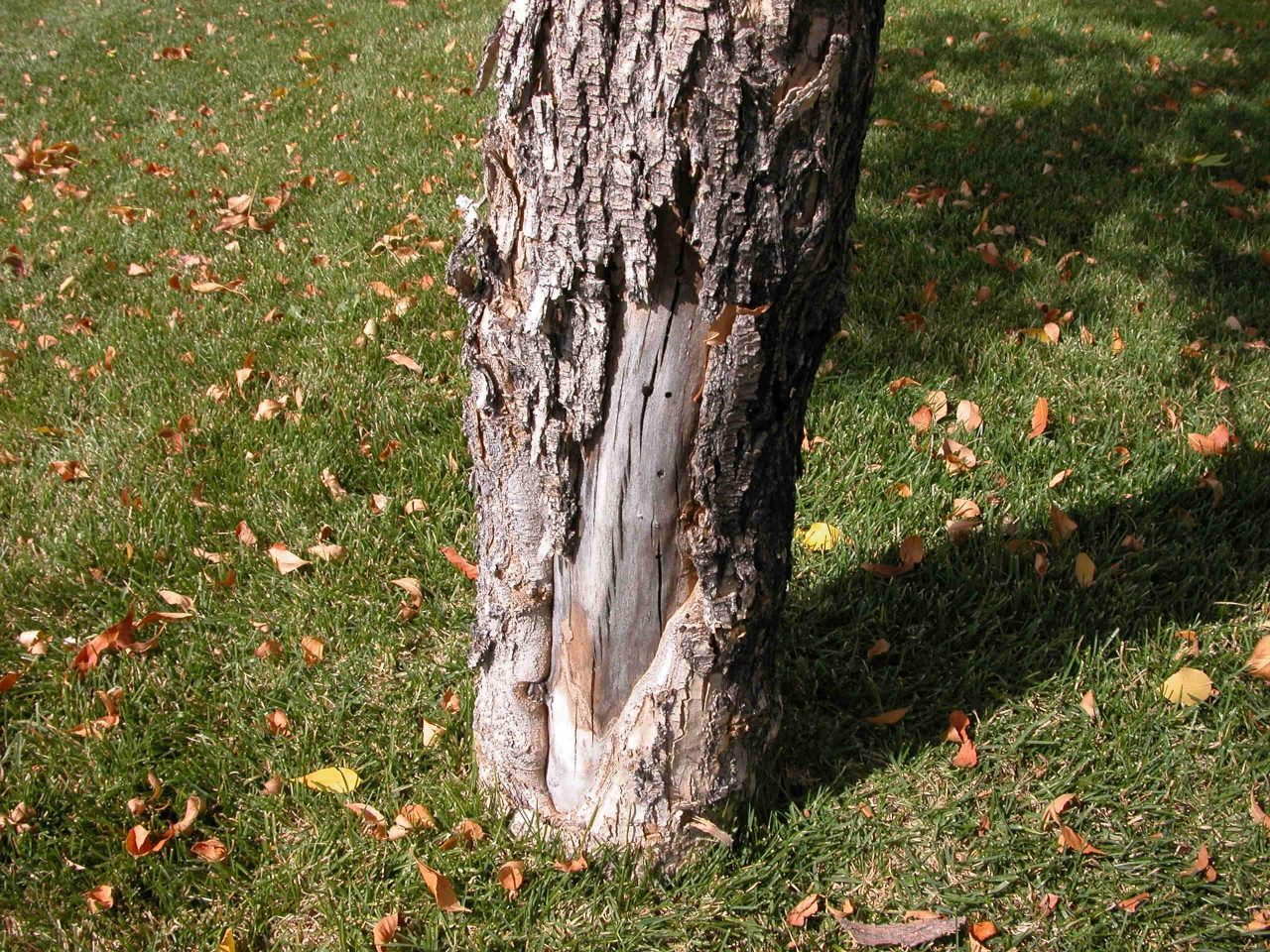 Watering your trees during the winter is important if we don’t get natural moisture. Water your trees about every 4 weeks during the dry winter months. During the growing season, follow the 1-2-3-2-1 watering technique, which is just as beneficial for trees as it is for the lawn.
Finally, the best time of year for most tree trimming and pruning is during the winter months, especially for trees that are prone to fire blight. By trimming in winter, you avoid spreading disease. It’s best to hire a certified arborist to do any trimming to make sure the tree’s health is taken into account.
Watering your trees during the winter is important if we don’t get natural moisture. Water your trees about every 4 weeks during the dry winter months. During the growing season, follow the 1-2-3-2-1 watering technique, which is just as beneficial for trees as it is for the lawn.
Finally, the best time of year for most tree trimming and pruning is during the winter months, especially for trees that are prone to fire blight. By trimming in winter, you avoid spreading disease. It’s best to hire a certified arborist to do any trimming to make sure the tree’s health is taken into account.
New Homeowner Checklist
Sprinklers
- Know where your water turn on/off is.
- Know how to program your sprinkler clock.
- Be ready for an emergency freeze: Here is a short video to walk you through this process.
- Schedule a sprinkler startup in the spring and sprinkler blowout in the fall.
- Water the lawn deeply and infrequently.
Lawn Mowing
- The very first mow of the season and the very last mow of the season, mow your lawn at about 2.5 inches tall.
- At all other times throughout the growing season, mow your lawn at least 3 inches tall.
- Mow your lawn once a week in order to not cut off more than 1/3 of the grass blade at a time.
Lawn Maintenance
- Feed the lawn organic matter to build a healthy soil.
- Schedule a full season organic weed control and fertilization program if desired.
- Aerate the lawn at least once a year.
- Water the lawn deeply and infrequently.
Tree Care
- Fertilize trees at least once a year.
- Check for insect pressure on trees.
- Wrap trees in the fall for winter sun scald protection.
- Water your trees over the winter.
- Prune and trim your trees at the appropriate time of year.
Your Sprinkler System Necessities
It’s a good idea to get acquainted with your sprinkler system early on. If you bought your house in the spring, you will want to prepare for turning on your sprinkler system, as well as know how to program your sprinkler clock. You can hire someone to turn on your system but in case of emergencies, it’s a good idea to be familiar with it. The basics would be to know where your water turn-on for your system is, as well as where the clock is and how to run it. It’s typical to startup your sprinkler system in April or May. Not only is it important to know where your water turn on is for getting it started up in the spring, it is just as important to know where it is and how to turn it off in case of emergency, and for winterizing the system in the fall. The weather in Colorado can vary dramatically, so it’s a good idea to know how to prepare your system for a sudden freeze, which is possible in the spring and fall. Most sprinkler companies will be bombarded with phone calls when there is an upcoming freeze, so it may be hard to find someone to blowout your sprinkler system last minute. In these scenarios, it is helpful to know the basics of your system. In most cases, being able to drain the backflow preventer and your basement pipe will be enough to save your system from any damage. The underground lines are better insulated for these early freezes, but are also cheaper to repair if something does get damaged. The backflow preventer is much costlier to repair, and should be protected. Once you are familiar with how your system works, you’ll want to make sure your lawn is being watered properly. We’ve developed a watering technique that is easy to follow, based off of a few different factors called the 1-2-3-2-1 lawn watering technique. You can follow that guide, but we also offer a sprinkler audit where we can adjust the heads as well as program the clock using that technique.
Lastly, you need to blowout out your sprinkler system in the fall to prepare for winter. This is usually something that you need to hire a company to do unless you have a compressor powerful enough to blow out the sprinkler lines. Most of the time you will need to be home for this service unless you can drain your own basement pipe. We offer a blowout service, which is typically done during the month of October.
Once you are familiar with how your system works, you’ll want to make sure your lawn is being watered properly. We’ve developed a watering technique that is easy to follow, based off of a few different factors called the 1-2-3-2-1 lawn watering technique. You can follow that guide, but we also offer a sprinkler audit where we can adjust the heads as well as program the clock using that technique.
Lastly, you need to blowout out your sprinkler system in the fall to prepare for winter. This is usually something that you need to hire a company to do unless you have a compressor powerful enough to blow out the sprinkler lines. Most of the time you will need to be home for this service unless you can drain your own basement pipe. We offer a blowout service, which is typically done during the month of October.
Lawn Mowing – How to Keep Your Lawn in Shape
Unless you grew up helping mow the lawn as a kid, this could be completely new to you! We have some simple tips to follow to ensure that you’re are keeping your lawn in the best shape. You will typically want to start mowing around mid-April in the front range of Colorado. However, that varies depending on the weather and how quickly the grass grows. When mowing, you do not want to take off more than 1/3rd of the grass blade at a time. If you mow off more of the grass blade, you will stress out your lawn, making it require more water to stay healthy. Mowing weekly will ensure you aren’t taking off too much of the blade, but also allowing the grass to stay tall. Mowing tall is one of the most important aspects of lawn care. You will want to mow at 3 inches or taller. The roots of your grass will grow three times the length of the grass blade; the longer the blade the deeper your roots will be. You don’t, however, want grass so long that it folds over. There is only one exception to mowing tall; the first and last mow of the season. We recommend the first and last mow to be at about 2.5 inches. As much as people like the appearance of a golf-course-length lawn, it can be very hard to maintain, because the roots will be very short. Mowing short will also make it easier for weeds to grow in the lawn because they are not being out-competed by the lawn.
Lawn Maintenance, Fertilization and Weed Control Basics
Our approach to weed control and fertilization is to let Mother Nature take the reins but give her a little organic boost. We start from the bottom up by building a healthy soil. This is done by giving the lawn the 4 things it needs: air, water, food, and heat. While we can’t control the heat factor, we are able to control the others to create a healthy soil. Air: We provide air to the soil with by watering the lawn properly, but also doing yearly aerations. Twice a year is even better! Water: Some moisture is provided by nature, and the rest by the sprinkler system. We want to make sure watering is deep but infrequent. Food: Nutrients are provided by organic matter; think compost, Humate, and organic fertilizers. The organic fertilizers we offer are 100% organic and considered edible.
Tree Care – An Often-Overlooked Part of Your Landscape
Trees are such an important part of your landscape it pays to keep them in shape! Tree fertilization is very important for trees that are not native to the Front Range. Not only that, but when you add planting them in urban areas that have poor soil, they will be in an even more stressful environment. The trees that most benefit from fertilization will be young trees, stressed trees, or trees prone to chlorosis – this includes aspen, birch, oak, and maple. If your tree does develop chlorosis, we have a fix for that, which includes tree fertilization. The next thing to keep an eye out for with your trees is insect pressure. There are thousands of insects that attack trees, and we have various insect controls depending on what is attacking the tree. One of the most damaging insects in the Boulder area is the Emerald Ash Borer. If an ash tree goes untreated, this borer will kill the tree. Without being an arborist, it can be hard to tell what is wrong with your tree; we do offer a consultation to come out and take a look at the trees and recommend treatment.
Winter tree wrapping is a service that is often overlooked; many people don’t know this is an option or which trees might need it. Wrapping your tree should be done in the fall to protect the tree in the winter from sun scald. This is a concern for young trees especially, but also trees that do not have a furrowed bark, or trees that have direct southern exposure. You should remove the tree wrap in the spring.
The next thing to keep an eye out for with your trees is insect pressure. There are thousands of insects that attack trees, and we have various insect controls depending on what is attacking the tree. One of the most damaging insects in the Boulder area is the Emerald Ash Borer. If an ash tree goes untreated, this borer will kill the tree. Without being an arborist, it can be hard to tell what is wrong with your tree; we do offer a consultation to come out and take a look at the trees and recommend treatment.
Winter tree wrapping is a service that is often overlooked; many people don’t know this is an option or which trees might need it. Wrapping your tree should be done in the fall to protect the tree in the winter from sun scald. This is a concern for young trees especially, but also trees that do not have a furrowed bark, or trees that have direct southern exposure. You should remove the tree wrap in the spring.  Watering your trees during the winter is important if we don’t get natural moisture. Water your trees about every 4 weeks during the dry winter months. During the growing season, follow the 1-2-3-2-1 watering technique, which is just as beneficial for trees as it is for the lawn.
Finally, the best time of year for most tree trimming and pruning is during the winter months, especially for trees that are prone to fire blight. By trimming in winter, you avoid spreading disease. It’s best to hire a certified arborist to do any trimming to make sure the tree’s health is taken into account.
Watering your trees during the winter is important if we don’t get natural moisture. Water your trees about every 4 weeks during the dry winter months. During the growing season, follow the 1-2-3-2-1 watering technique, which is just as beneficial for trees as it is for the lawn.
Finally, the best time of year for most tree trimming and pruning is during the winter months, especially for trees that are prone to fire blight. By trimming in winter, you avoid spreading disease. It’s best to hire a certified arborist to do any trimming to make sure the tree’s health is taken into account. 

